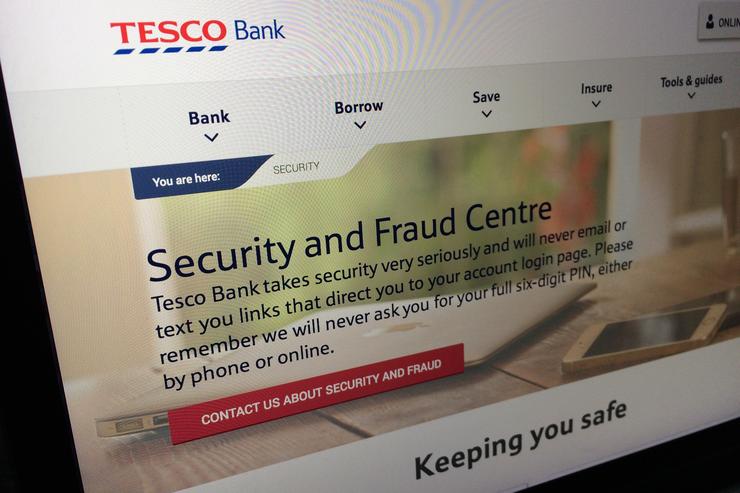
The banking arm of U.K. supermarket chain Tesco has suspended online payments for its 136,000 checking account customers following a spate of fraudulent transactions.
The bank suspended its payment service for all checking account customers after 40,000 experienced suspicious transactions, bank CEO Benny Higgins told BBC Radio 4 on Monday.
"Around half of them had money taken from the account," he said.
The bank will bear any losses as a result of the fraudulent activity and customers are not at financial risk, he said.
But they might be inconvenienced until the bank has secured its systems.
"We are stopping online transactions until we can bring things back under full control," Higgins said.
Customers will still be able to use the online banking service and make card payments in stores, he said.
The bank began sending text messages to customers on Sunday, alerting them to the problem and inviting them to call for further information. However, the bank's call center was quickly overwhelmed, to judge by reaction to the bank's blog posting about the incident. Many commenters reported that their calls had gone unanswered.
The U.K.'s National Crime Agency, which hosts the country's national cybercrime unit, said it is coordinating law enforcement response to what it described as "the Tesco Bank data breach."
The Information Commissioner's Office, the U.K.'s data protection authority, is aware of the incident and is looking into the details, a representative said.
The cause of the incident is unclear.
Tesco Bank referred to "online criminal activity" and "fraud" in a statement about the incident, but did not use the word "hack" in relation to the missing funds.
The bank uses the 3D Secure standard, also known as Verified by Visa or MasterCard SecureCode, to authenticate online payments. This requires customers to provide a password other than their four-digit PIN or the three-digit CVV printed on the reverse of their cards in order to complete online payments.
The losses could be due to a compromise of Tesco Bank's online banking system, or a malware infection on bank clients' PCs or mobile devices, spread through targeted spear-phishing attacks or a social engineering campaign, suggested Ilia Kolochenko, CEO of web security company, High-Tech Bridge.
"A massive skimming campaign cannot be excluded either," he said via email, referring to the possibility that criminals had obtained customers' bank card details and PINs when they used a rogue ATM or payment terminal.